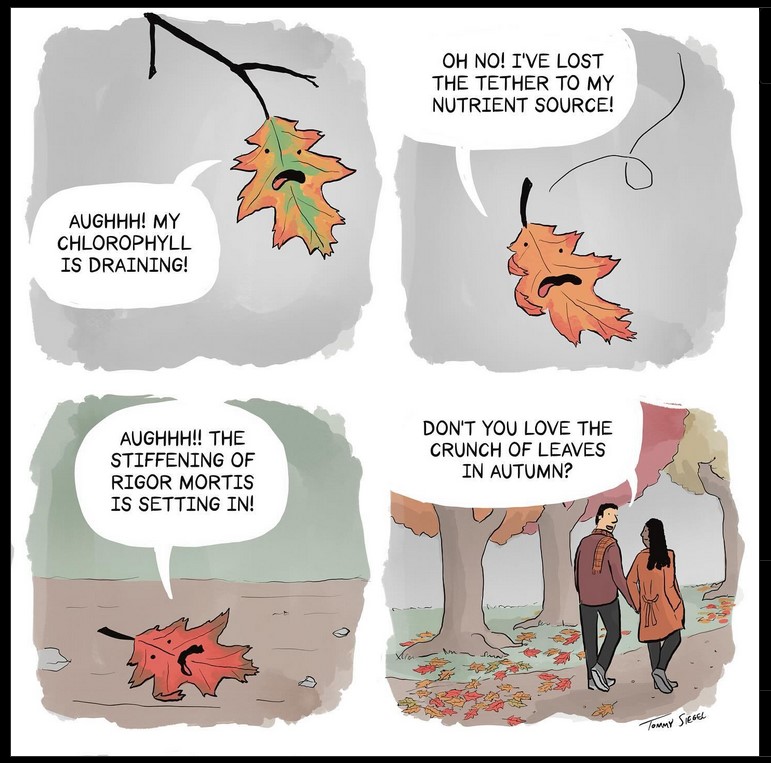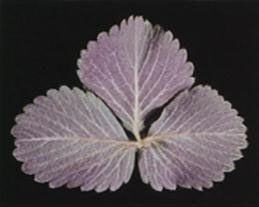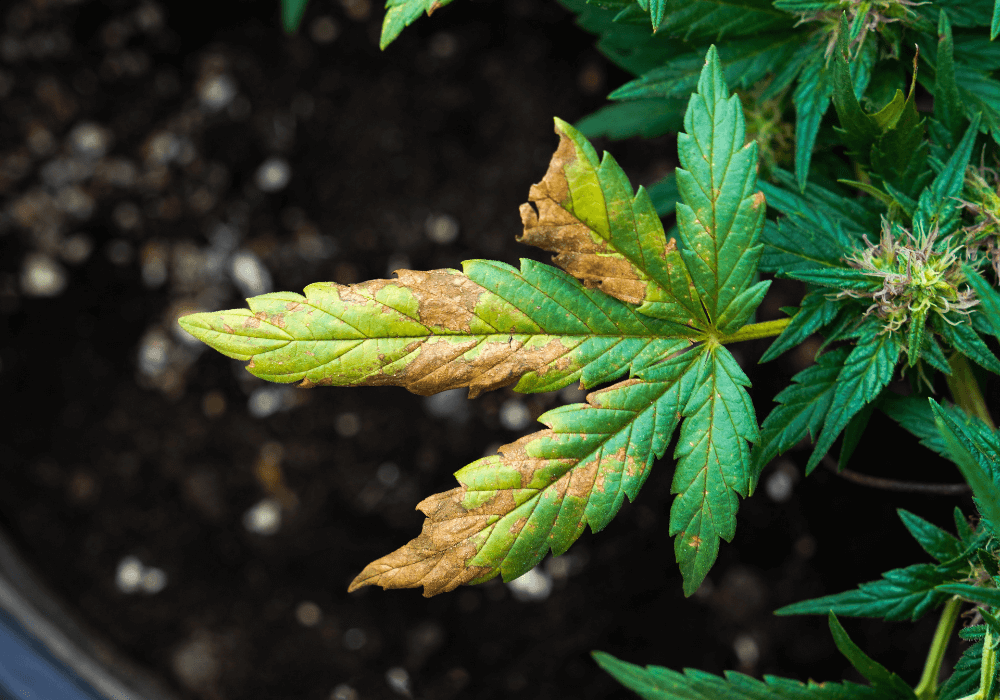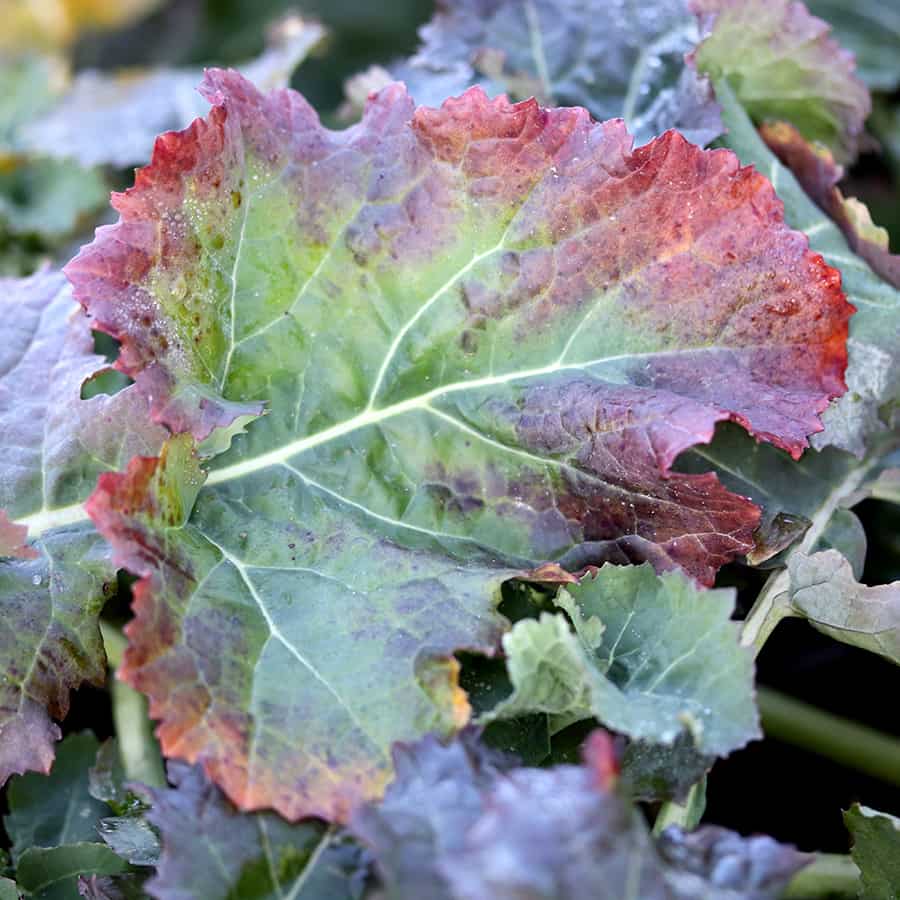
While the onset of autumnal leaf color change reminds us that winter is coming, there are many other reasons why leaves turn red. Knowing why and how leaves turn red is key in accurate diagnosis.

These are examples of leaf reddening misdiagnosed as phosphorus deficiency:
These leaves are not phosphorus deficient, either.

Congratulations to accurate diagnosticians at UCANR! This is indeed phophate deficiency. Damage is not localized as in the previous images.

Here are some other underlying causes behind leaf reddening.


If you’re interested in learning more about how and why leaves turn read, be sure to download my most recent factsheet, appropriately titled “Why do leaves turn red?” ] It’s peer-reviewed and relevant to any part of the world.

Enjoy this Halloween treat!



One thought on “Seeing red – in autumn leaves and in misdiagnoses”